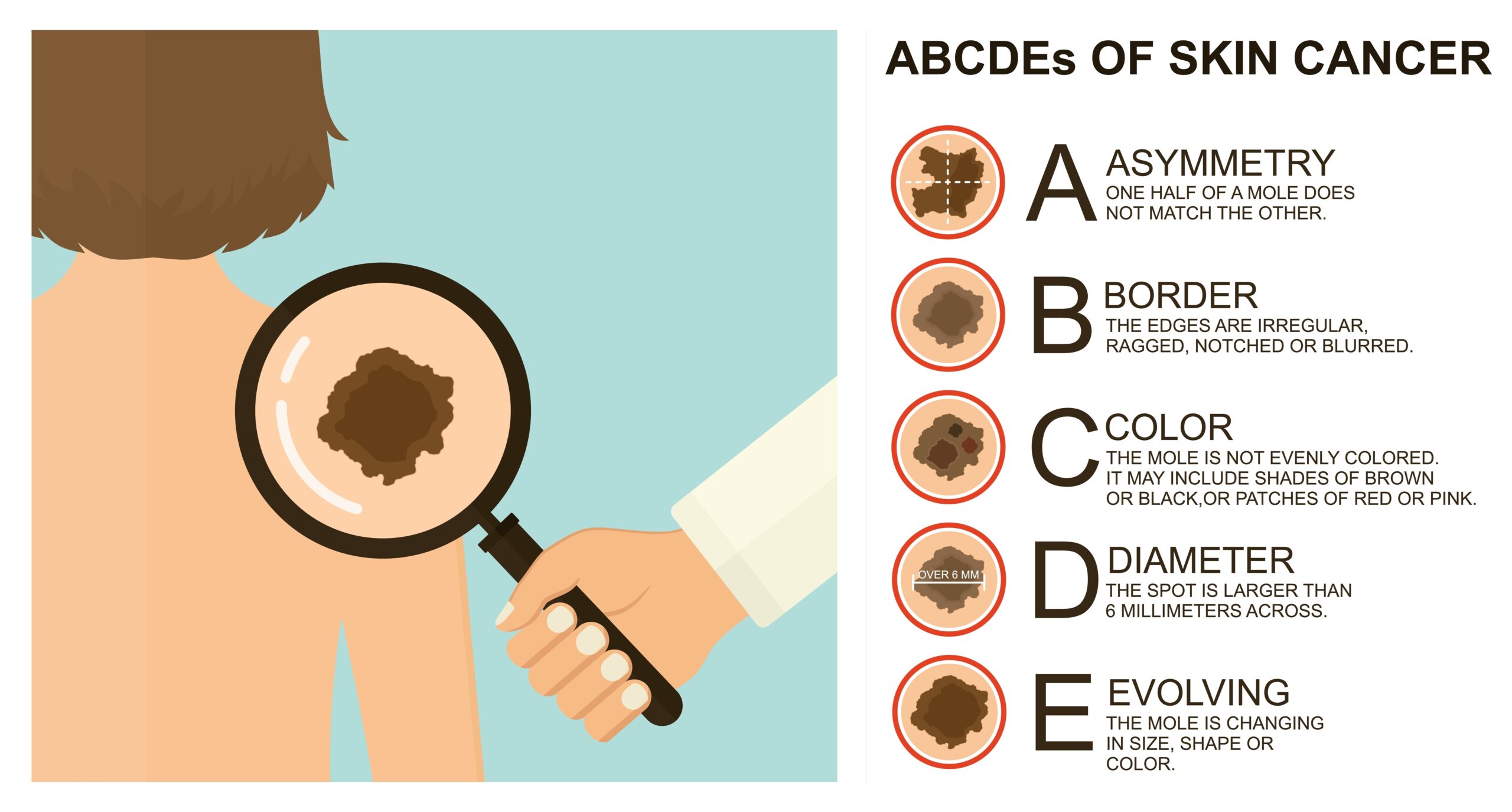Dr. Tejeda is now seeing patients at GoldinSkin Dermatology! Dr. Tejeda practices medical and surgical dermatology with a special interest in cutaneous oncology and cosmetics. She is passionate about providing personalized care to patients of all ages.
Add your feed to SetSticker.com! Promote your sites and attract more customers. It costs only 100 EUROS per YEAR.
Pleasant surprises on every page! Discover new articles, displayed randomly throughout the site. Interesting content, always a click away
SJH Derm
Physician owned dermatology practices in IllinoisThe Lotus – Winter 2025 17 Jan 2025, 3:40 pm
The post The Lotus – Winter 2025 appeared first on SJH Derm.
The Lotus – Issue 4 Spring 2021 24 Jul 2024, 4:09 pm
The post The Lotus – Issue 4 Spring 2021 appeared first on SJH Derm.
Provider Spotlight – Get to know Dr. Tejeda! 9 Nov 2023, 8:48 pm

Provider Spotlight
Q & A
Why did you decide to pursue dermatology?
During my time in medical school, I developed a passion for dermatology due to its extensive spectrum of pathology. What truly captivates me about this field is the opportunity to not only improve patients’ well-being from within but also enhance their outward appearance, allowing them to both feel and look their best.
What is your favorite part of dermatology?
I enjoy the variety in the work, from treating medical conditions to performing cosmetic procedures.
What are your biggest skincare tips?
Hydrating your skin with your favorite moisturizer every day. Even oily skin needs moisture to stay balanced.
Why do you love practicing at GoldinSkin?
I love GoldinSkin because of its unwavering commitment to a patient-centered approach. It fosters an environment where patient well-being and satisfaction take precedence, making it a truly fulfilling place to practice medicine.
To make an appointment with Dr. Tejeda call (847) 677-2080 or request an appointment.
The post Provider Spotlight – Get to know Dr. Tejeda! appeared first on SJH Derm.
PRP Injections vs. Dermal Fillers 11 Aug 2023, 5:19 pm
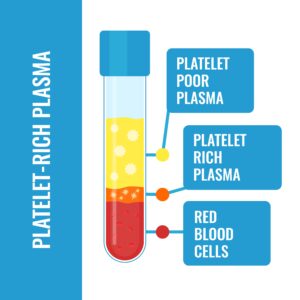
PRP Injections vs. Dermal Filler
What are PRP injections?
PRP is a more natural cosmetic treatment that involves injecting a patient’s own platelet-rich plasma (PRP) into the face. PRP is a component of blood that contains growth factors and other proteins that promote healing on a cellular level.
When injected into the skin, PRP can help to improve texture and tone, reduce wrinkles, and encourage new collagen growth.
What is the difference between PRP and filler injections?
Filler product lines such as Juvéderm and Restylane are made from substances like hyaluronic acid, collagen, or biocompatible materials. When injected into the skin, fillers work immediately by adding volume and lift which can help to minimize the look of wrinkles, fine lines, and hollows creating a more youthful appearance. PRP on the other hand, is derived from the patient’s own blood and works over time by stimulating the production of collagen.
Who is the ideal candidate for cosmetic PRP?
PRP can help to regenerate skin tissue collagen improving texture, tone, elasticity, fine lines, wrinkles, and even scars. We can inject PRP into any area on the face where there is volume loss, specifically the under eyes and cheeks. PRP can also be injected into the scalp to try and help stimulate hair growth in certain cases.
What is the process of cosmetic PRP injections?
Step 1: Consultation. During your consultation, we will discuss your aesthetic goals to determine whether PRP injections are right for you.
Step 2: Blood Draw. If you are deemed a suitable candidate for PRP, a small amount of your blood will be drawn from the arm, similar to any regular blood draw.
Step 3: PRP Preparation. We will process the drawn blood in a machine that separates the various components in the blood. The machine spins the blood to concentrate the platelets and plasma, creating concentrated PRP!
Step 4: Numbing. Once the PRP is ready to be injected, we will clean and numb the area with a topical numbing cream to help minimize any discomfort.
Step 5: Injection. Once the numbing takes effect, the concentrated PRP is injected into the targeted areas.
Step 6: Follow Up. Like anything else, results may vary between patients. Some people may need multiple PRP sessions to achieve optimal results, while others may not. Follow-up appointments allow us to assess whether additional treatments are needed.
What can I expect from PRP injections?
Results: PRP stimulates collagen production and tissue regeneration, and therefore the results are seen gradually. Unlike fillers which provide instant results, PRP usually continues to improve for weeks and months following treatment.
The post PRP Injections vs. Dermal Fillers appeared first on SJH Derm.
July is Ultraviolet Safety Month 12 Jul 2023, 6:35 am
July is Ultraviolet Safety Month
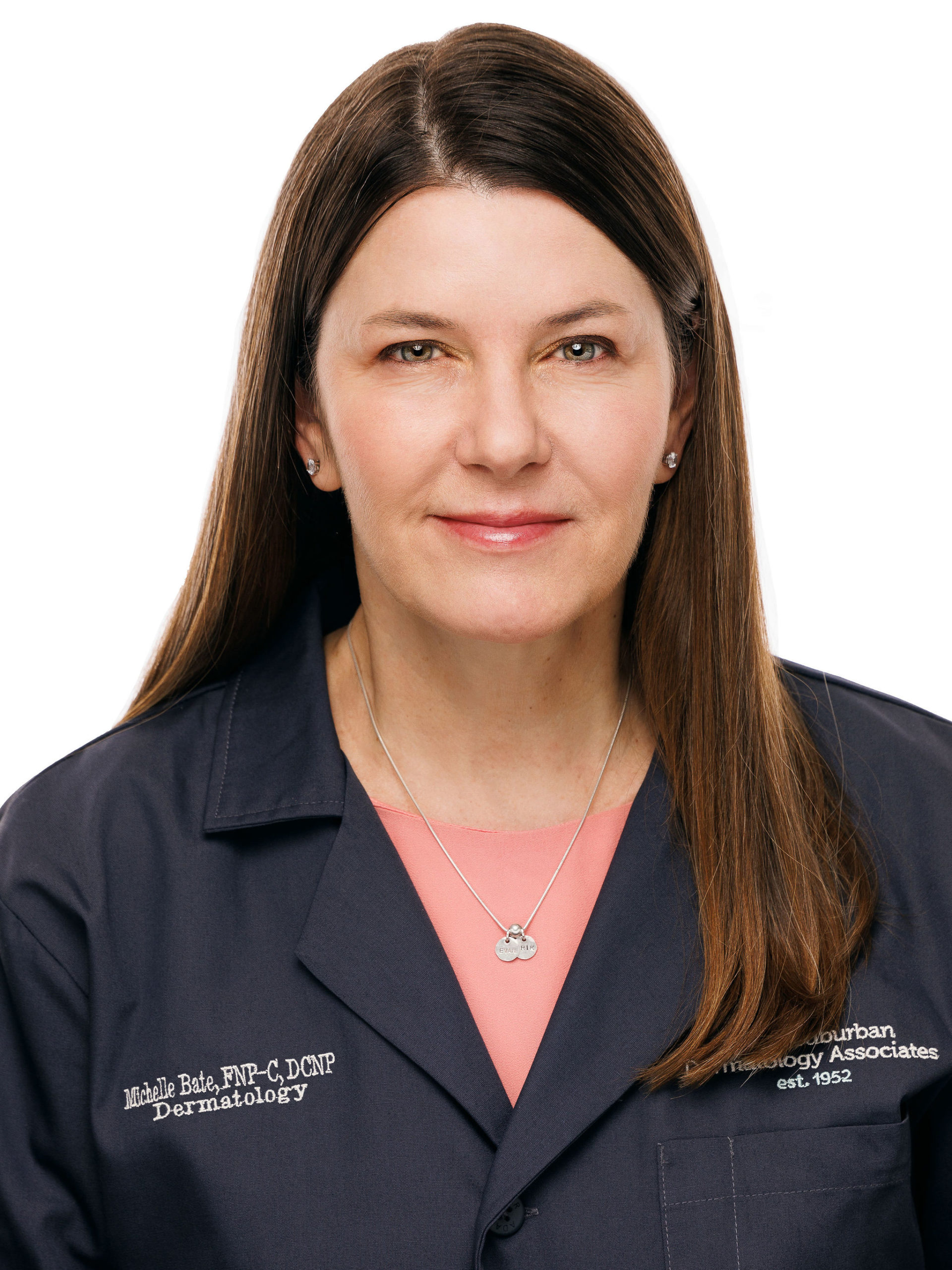
By: Michelle Bate, FNP-C, DCNP
July is Ultraviolet Safety Month!
Summertime is finally here once again! At North Suburban Dermatology Associates, we’re looking forward to enjoying the sunshine just as much as anyone else. In honor of Ultraviolet Safety Month, I would like to provide you with some educational information and tips in order to keep your skin safe while still doing the things you love all summer long.
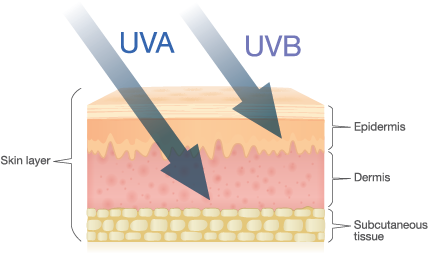
The sun’s powerful rays.
The sun produces UVA (ultraviolet A) and UVB (ultraviolet B) radiation that causes damage to the DNA in skin cells. UVA has a longer wavelength and causes the skin to age, while UVB rays cause the skin to burn. Skin damage from UV exposure is strongly associated with the development of skin cancer. Therefore, it is important to apply and reapply your sunscreen to keep your skin safe this summer and enjoy the beautiful outdoors.
When we talk about UV safety, or UV awareness we are referring to the precautions you can take in order to keep your skin healthy and safe. It is important to wear sunscreen with an SPF of at least 30; wearing sun-safe clothing, sunglasses, and hats also help to protect your skin. Avoiding direct sun exposure by seeking shade during peak hours 10:00 AM – 4:00 PM when possible is recommended.
Sunscreen 101
SPF stands for sun protection factor which is a measure of how much UV radiation (or solar energy) is required to produce a sunburn on protected skin. When choosing a sunscreen, use the 30/30 rule: find a sunscreen that has an SPF of at least 30 or more, and be sure to apply it 30 minutes prior to sun exposure. Sunscreen should be reapplied every 2 hours at least; and more frequently if you are sweating or in the water. Sunscreen should be used even when it is cloudy and when you are driving! Glass does not block UV rays.
There are two types of sunscreens. Chemical sunscreens take at least 20 minutes to be effective from the time of application and absorb UV rays. Active ingredients include oxybenzone, avobenzone, homosalate, and octinoxate.
Physical (also known as mineral) sunscreens are effective immediately and reflect the sun’s rays. The active ingredients are zinc oxide and/or titanium dioxide. These products are typically the better option for sensitive skin types, and do not typically irritate the eyes. Physical sunscreen may leave a white appearance on the skin, though some are made to appear sheer or tinted. These sunscreens are the best option for children and babies over 6 months of age.
Spray sunscreens may also be effective when applied properly. The nozzle should be held close to the skin and two slow passes may be necessary for coverage. The spray should be rubbed in after application. It is important to avoid inhaling sunscreen, and it should not be used on windy days. Sprays are typically chemical, not physical sunscreens.
Sun-safe clothing can provide a great barrier against UV damage and is an excellent choice when you’re in the water or if sweating. Sun protective clothing is labeled UPF which stands for ultraviolet protection factor. The higher the number, the fewer UV rays that can penetrate the clothing. To provide a little perspective, most cotton T–shirts only provide a UPF of 5 and do not protect your skin well – so wearing a T-shirt in the pool may not be doing much! Look for a UPF between 30 – 50, as this will best help to protect your skin. A hat with a wide brim of at least 3 inches and UV-blocking sunglasses are important protection as well. Don’t forget to apply your sunscreen to any areas that are uncovered such as ears, neck, and hands.
STAY SAFE IN THE SUN AND HAVE A WONDERFUL SUMMER!
And of course, don’t forget to schedule your regular full-body skin exam!
Early detection is key.
The post July is Ultraviolet Safety Month appeared first on SJH Derm.
Integrative Medicine in Dermatology 16 Jun 2023, 5:15 am
Incorporating Integrative Medicine into Dermatology

By: Stacy McClure, MD, FAAD
Dr. Stacy McClure is a board-certified dermatologist. Prior to joining Dermatology Associates of La Grange in 2009, she completed a two-year research fellowship at Northwestern University focusing on clinical trials in dermatology. She then began her career as a dermatologist at Loyola University in Chicago where she also pursued teaching, she became an Associate Professor, and also the Director of Clinical Trials.
Dr. McClure practices traditional medicine, but has a special interest in incorporating integrative medicine into her dermatology practice when applicable. She is certified through LearnSkin’s Integrative Dermatology program.
What is integrative medicine?
Integrative medicine is the expansion of the toolkit for a practitioner to not only use the standard teachings of pharmaceutical medicine taught in medical school, but also to encompass the traditional techniques which use many different approaches including nutrition, herbs, supplements, off-label medications, mind-body techniques, and specialized testing if and when appropriate.
Why does integrative medicine interest you?
I personally became interested in integrative medicine after some of my family members were struggling with various ailments and not getting better with conventional medicine alone. I was introduced to a new world of options and explanations (through learning about integrative medicine) that I was previously unaware of and when it helped, I decided I should offer the same approach to my patients. Not all cases and situations require this approach, but it is nice to be able to incorporate it if warranted.
What does it mean to be IDCP certified?
IDCP is the Integrative Dermatology Certificate Program. It is a 9-month data-driven intensive course through LearnSkin with weekly lessons and tests, and a final project completed in order to become certified. It is designed by dermatologists, and only dermatologists are eligible to become certified. It is currently the only program of its kind that teaches and explores integrative dermatology.

How can this approach to medicine help treat dermatologic conditions?
Because integrative medicine uses all available approaches to treat a condition, it provides more treatment options, and approaching a condition from sometimes multiple angles. We still use conventionally taught medicine and techniques but also incorporate other traditional approaches if the conventional ways are not adequate or appropriate.
Do you have an example of a case in which you incorporated integrative medicine?
Often times conventional methods work great, but when they don’t, bringing in some traditional options can help make the other things work better. For example, I had a patient with a common inflammatory skin condition on her face that responded well to supplements and dietary changes after doing some specialized testing and finding an underlying trigger. She still needs to use a prescription topical but now it is well-controlled.
The post Integrative Medicine in Dermatology appeared first on SJH Derm.
May is Skin Cancer & Melanoma Awareness Month! 15 May 2023, 2:57 am

May is Skin Cancer & Melanoma Awareness Month!
Early detection is key. Have you scheduled your full-body skin exam?
Did you know?
- 1 in 5 Americans will develop skin cancer by the age of 70
- Having 5 or more sunburns doubles your risk for melanoma
- When detected early, the 5-year survival rate for melanoma is 99%
What to do to protect yourself against skin cancer
- Always stay on top of your regular full-body skin exams! As dermatology professionals, we are trained to know what to look for.
- Sunscreen, sunscreen, sunscreen! Rain or shine, summer, or winter, it is important to protect your skin year-round with an SPF 30 or higher.
- Pay close attention to your skin and make sure to call us if you notice anything new or changing, or if you have a mole that itches or bleeds. You
- Avoid tanning beds.
- Seek shade when possible and wear protective clothing in the sun.
Check your skin at home between visits!
More about Melanoma
Melanoma is the most serious form of skin cancer. According to the American Academy of Dermatology, melanoma is characterized as an abnormal uncontrolled growth of pigment-producing cells.
Melanoma can grow within an existing mole slowly over time, or it can appear suddenly on the skin. The good news is that melanoma is highly treatable when detected early, however, it can be dangerous if left undetected. Advanced melanoma can spread to the lymph nodes and internal organs.
The post May is Skin Cancer & Melanoma Awareness Month! appeared first on SJH Derm.
Allergic Contact Dermatitis and Patch Testing 4 May 2023, 4:49 am
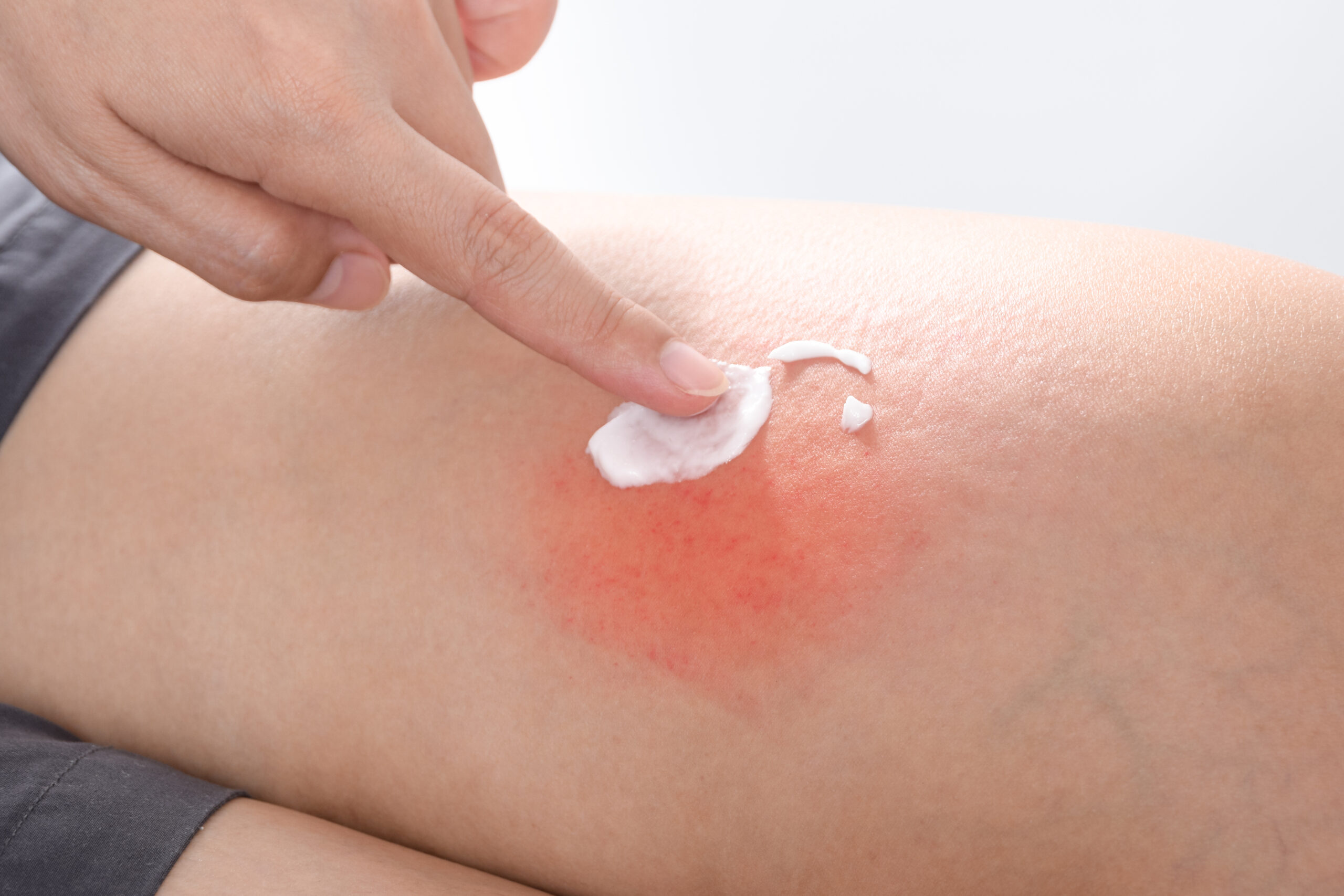
Allergic Contact Dermatitis and Patch Testing
Patch testing is the only test for allergic contact dermatitis. It is reliable and safe, and we offer patch testing in our offices. Joy Watson, MMS, PA-C at North Suburban Dermatology Associates, explains.
Q&A
What is allergic contact dermatitis?
Allergic contact dermatitis is an allergic skin rash that occurs when you touch chemicals you have become allergic to. Most people with allergic contact dermatitis have an itchy rash or eczema. Common causes of this rash include allergens which are found in shampoo, soaps, makeup, aftershave, medicines, jewelry, clothing, and or other common daily objects. You may also react to substances in your workplace including cleaning supplies, disinfectants, paper, ink, construction materials, oils, and rubber gloves.
How does patch testing work?
Patch testing is done in a series of 3 quick and easy appointments.
During an office visit, we will apply patches with common allergens to your back. You will wear these patches for 2 days. During this time, the patches should not be removed, and all vigorous exercise or movement should be avoided while the patches are in place. After 2 days, you will return to our office where we will remove the patches and we will assess the skin. You will return 2 days later; at which time we will conduct a final assessment (4 days after patches were placed). Additional appointments may be necessary depending on our findings. Positive reactions will help guide us to investigate and avoid the substances that your immune system is reacting to.
What will I be tested with?
Bring any personal care products you’re concerned about with you on the day of your appointment. Every case of allergic contact dermatitis is unique. Some of the most common types of allergens used for patch testing include metals, rubber chemicals, and preservatives, which are found in many personal care and cosmetic products; fragrances; and medicinal substances such as topical antibiotics and topical corticosteroids.
What will a positive reaction look like?
We will review your results when the patch test(s) are removed. Positive reactions range from a small skin rash with a little swelling to red, blistered skin.
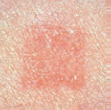


What if my results are negative?
It is important to note that negative results are possible. Patch testing helps to narrow the potential allergens that are causing your reaction. Thirty-five of the most common allergens cause 66-75% of all allergic contact dermatitis, so there is a strong likelihood of determining your allergens.
About Joy Watson, MMS, PA-C
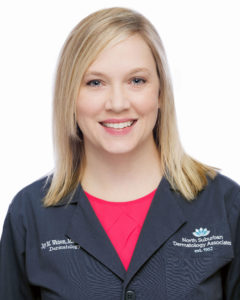
Joy Watson is a certified Physician Assistant with 19 years of experience. She sees patients at North Suburban Dermatology Associates.
She received her Bachelor of Arts in Biology from Augustana College, a private school in Rock Island, IL, before attending Saint Louis University where she earned her Physician Assistant Master of Medical Sciences degree in 2004. From there, Joy went on to work in the surgery department at Medical Associates of Clinton in Iowa, before she began her career in dermatology with Soderstrom Skin Institute out of Davenport and Clinton in Iowa in 2009. Joy has completed the Society of Dermatology Physician Assistants (SDPA) diplomat fellowship.
Joy specializes in medical dermatology including full-body skin examinations (skin cancer screenings), acne, Accutane, warts, eczema, rashes, moles, hair loss, rosacea, hyperhidrosis, skin tag removal, patch testing (allergic contact dermatitis), psoriasis, hidradenitis suppurativa, and treating additional conditions of the skin ranging from acute to chronic.
Call (847) 662-8201 to schedule an appointment with Joy!
The post Allergic Contact Dermatitis and Patch Testing appeared first on SJH Derm.
What it means to be physician-driven and employee-owned 12 Apr 2023, 4:13 am

What it means to be a physician-driven and employee-owned dermatology practice...
In 2022, we became one of the first and few healthcare organizations to adopt this business model in the United States. Our mission is built upon preserving our practices’ long-standing and community-focused care.
“It is important to me to always put my patients first. I am happy to work for an organization that shares and encourages those same values.“
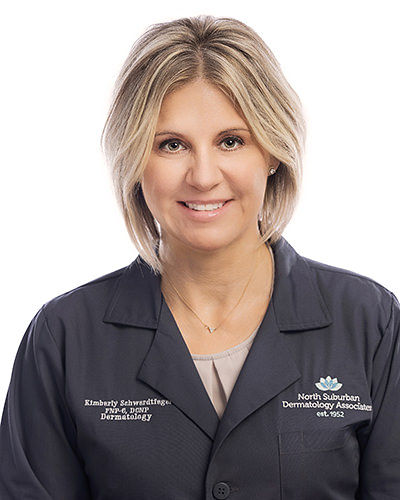
Kimberly Schwerdtfeger, FNP-C, DCNP
North Suburban Dermatology Associates
Joined in 2012
“I love the strong work ethic and sense of teamwork across this organization. It sets us apart from others. Everyone I have contact with is easily accessible and always willing to jump in and help.”

Christina Avilina, PA-C
GoldinSkin Dermatology
Joined in 2017
“I love working for a physician-driven and employee-owned practice. It is evident that everyone is pulling on the same end of the rope, communicating with each other daily, and constantly seeking to improve the way we do things which leads to better patient experiences and outcomes.”
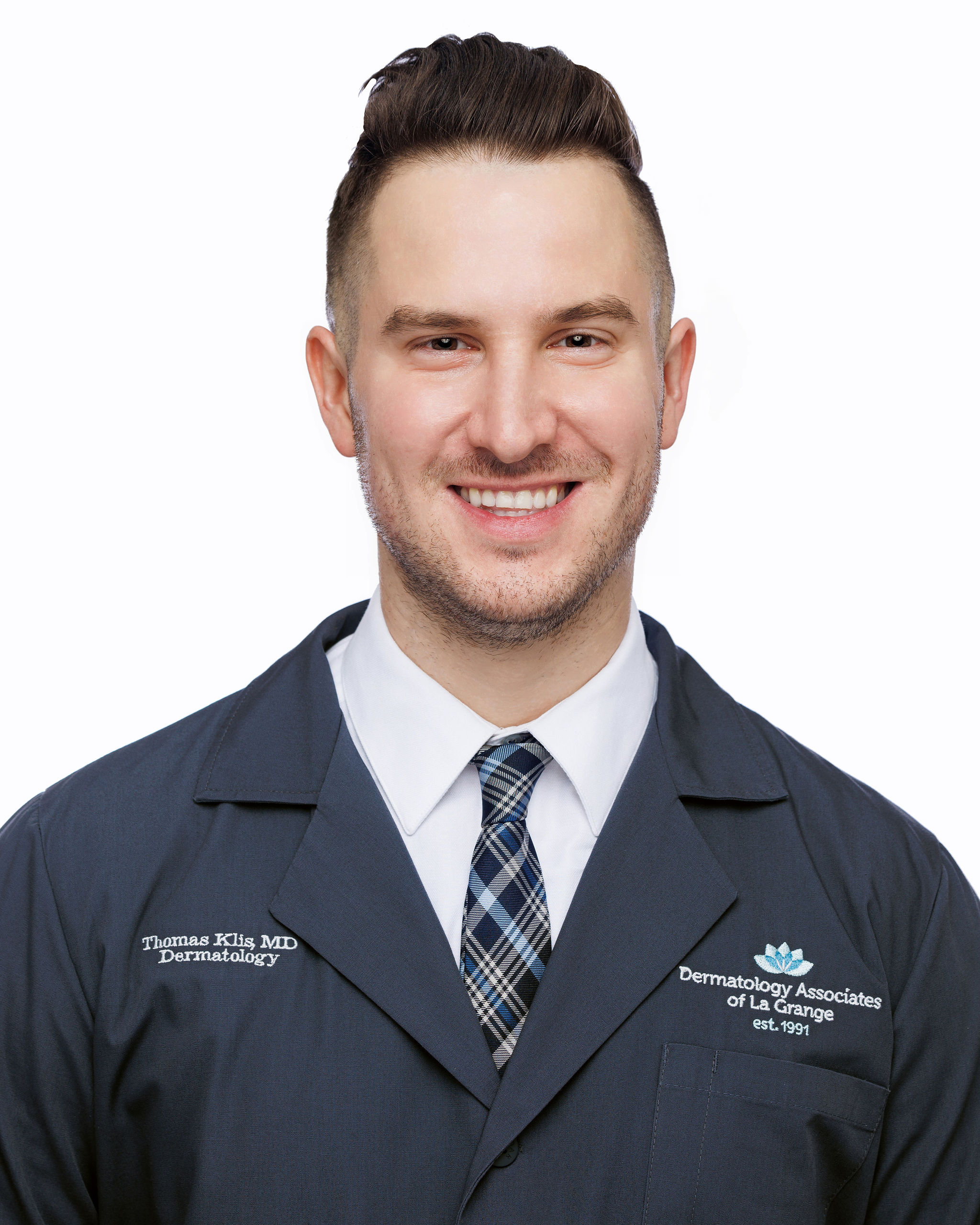
Thomas Klis, MD, FAAD
Dermatology Associates of La Grange
Joined in 2022
“Since joining [SJH Derm] in 2015, I have been given opportunities for advancement and have grown significantly in my career. As an ESOP organization, we come together with one common goal in mind; to ensure that patient care is always the core focus of what we do.”

Megan Olson
Call Center Manager
SJH Derm
Joined in 2015
“I am grateful to Dr. Halper for giving me opportunities for growth and advancement, especially through becoming an ESOP. We offer Mohs surgery in all of our offices and because of that, I have a relationship with everyone in the organization. Each of our offices are unique, but we all value the care we provide to our patients and that’s what bands us together.”

Megan Olson
Mohs Supervisor
SJH Derm
Joined in 2011
The post What it means to be physician-driven and employee-owned appeared first on SJH Derm.
